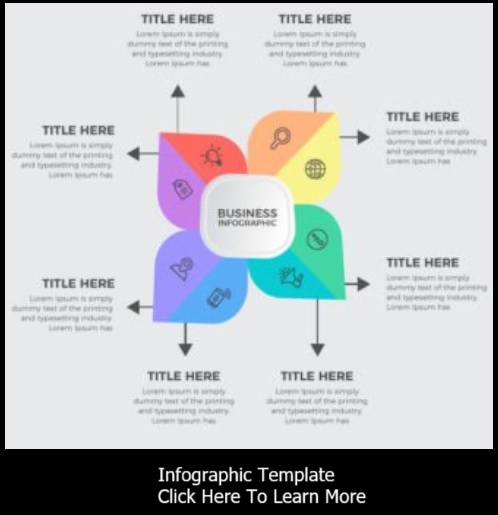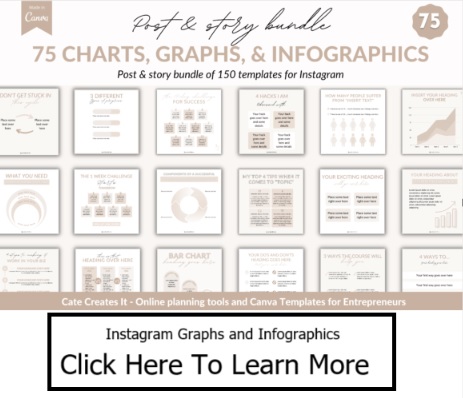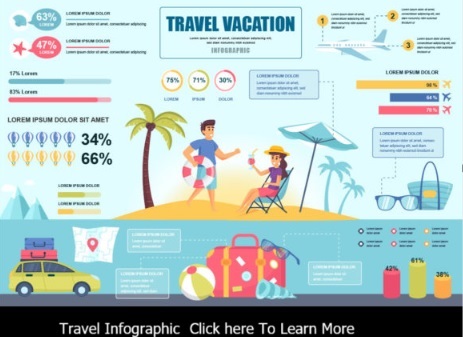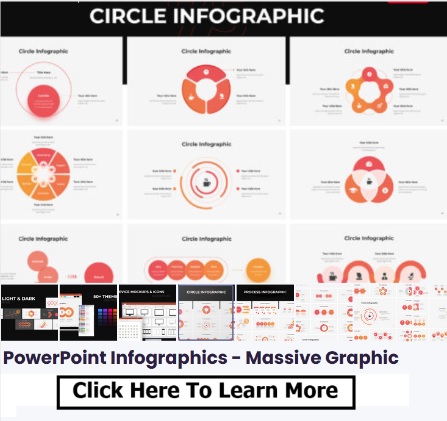1. Data-Driven Reports: Visualizing Complex Data
Articles that involve presenting extensive data, statistics, or research findings can become overwhelming for readers. Infographics are the perfect solution to simplify complex data sets and make them more accessible. Whether you're reporting on market trends, scientific research, or survey results, infographics can distill intricate information into clear, visual representations like charts, graphs, and diagrams.
Example: "Exploring Global Climate Change: A Visual Guide to Temperature Trends Over the Last Century"
2. How-To Guides: Visualizing Step-by-Step Processes
When explaining step-by-step processes or providing tutorials, infographics enhance the reader's understanding by breaking down each stage visually. The combination of text and visuals helps readers follow instructions more easily, reducing the chances of confusion. From assembling furniture to cooking a recipe, infographics can guide readers through tasks with clarity.
Example: "Mastering the Art of Sushi: A Step-by-Step Infographic Guide"
3. Comparative Analysis: Highlighting Differences and Similarities
Articles that involve comparing different products, services, concepts, or options can benefit from infographics that visually lay out the pros and cons. Comparative infographics enable readers to quickly assess the key differences and similarities, aiding them in making informed decisions.
Example: "Choosing the Ideal Smartphone: A Visual Comparison of Features and Performance"
4. Historical Timelines: Tracing Events Through Time
Narratives that span across historical timelines can be better understood with infographics. Visual timelines allow readers to grasp the sequence of events, their chronological order, and their significance. Whether discussing the evolution of technology or the development of a political movement, timelines bring history to life.
Example: "The Space Race: A Visual Timeline of Key Milestones from 1957 to 1972"
5. Visualized Statistics: Making Statistics Relevant and Engaging
Statistics often play a significant role in articles, but they can be dry and uninteresting without proper presentation. Infographics transform raw numbers into engaging visuals, providing context and meaning to the statistics. This approach encourages readers to engage with the data and draw conclusions more easily.
Example: "Obesity Epidemic: Visualizing Alarming Statistics and Health Implications"
Incorporating infographics into these types of articles not only enhances their visual appeal but also improves reader engagement and understanding. Infographics are a versatile tool that can be tailored to suit various subjects, making them a valuable asset for content creators aiming to communicate complex information effectively.
- A Guide to Different Types of Infographics
- Cooking Up Visual Delights: The Role of Infographics in Cookbooks
- Decoding Visual Communication: Infographic vs. Poster
- Five Types Of Infographic Articles
- Infographics in Press Releases: Communicating Complexity with Clarity
- The Art of Visual Storytelling: Unveiling the 5 Key Elements of Infographics
- The Power of Infographics: Enhancing Articles with Visual Storytelling
- Transforming Content: 7 Engaging Types Perfect for Infographics
- Visual Persuasion: Leveraging Infographics in Sales Brochures as a Powerful Marketing Tool
- Visual Powerhouse: Harnessing the Impact of Infographics in Presentations




